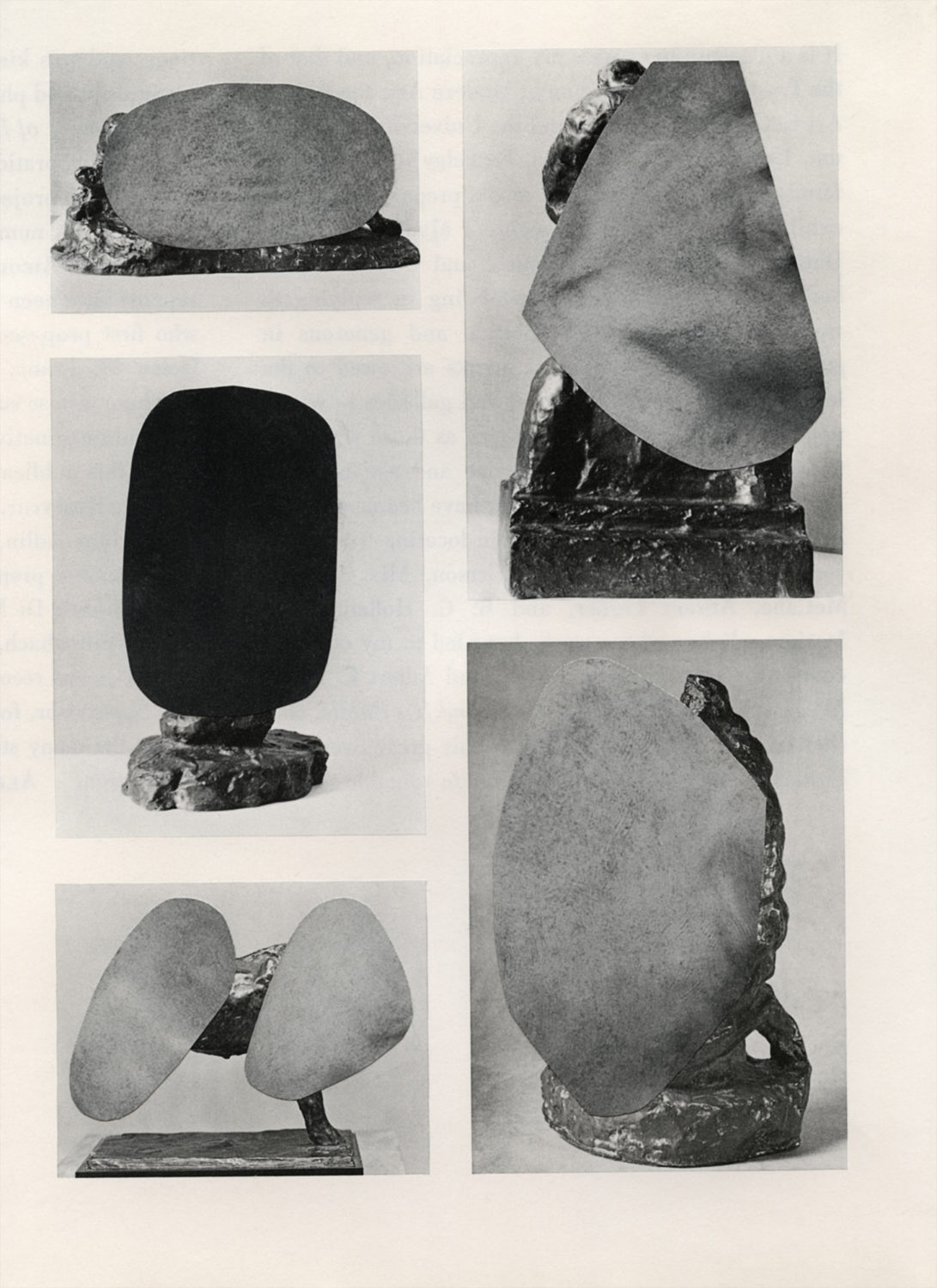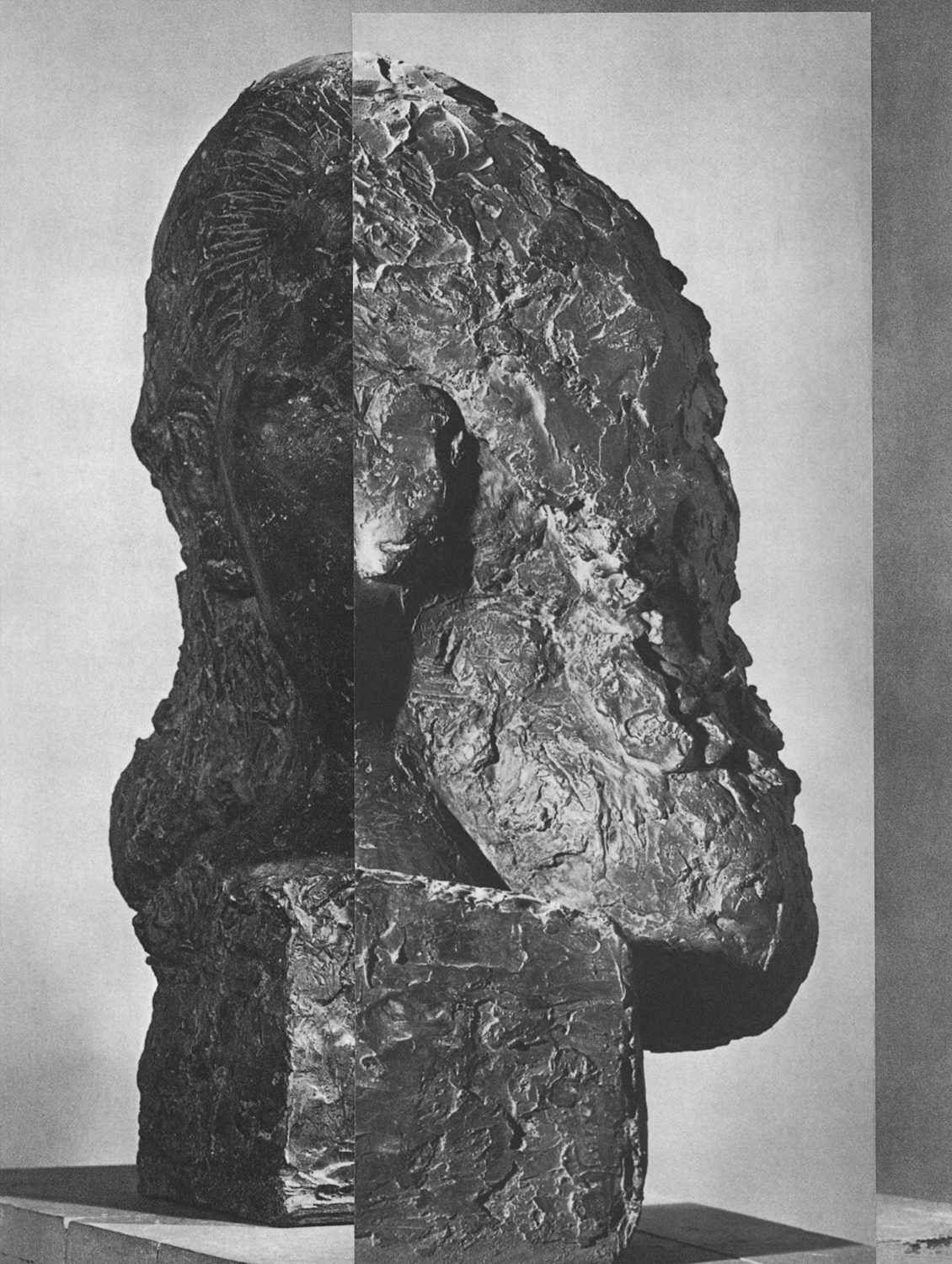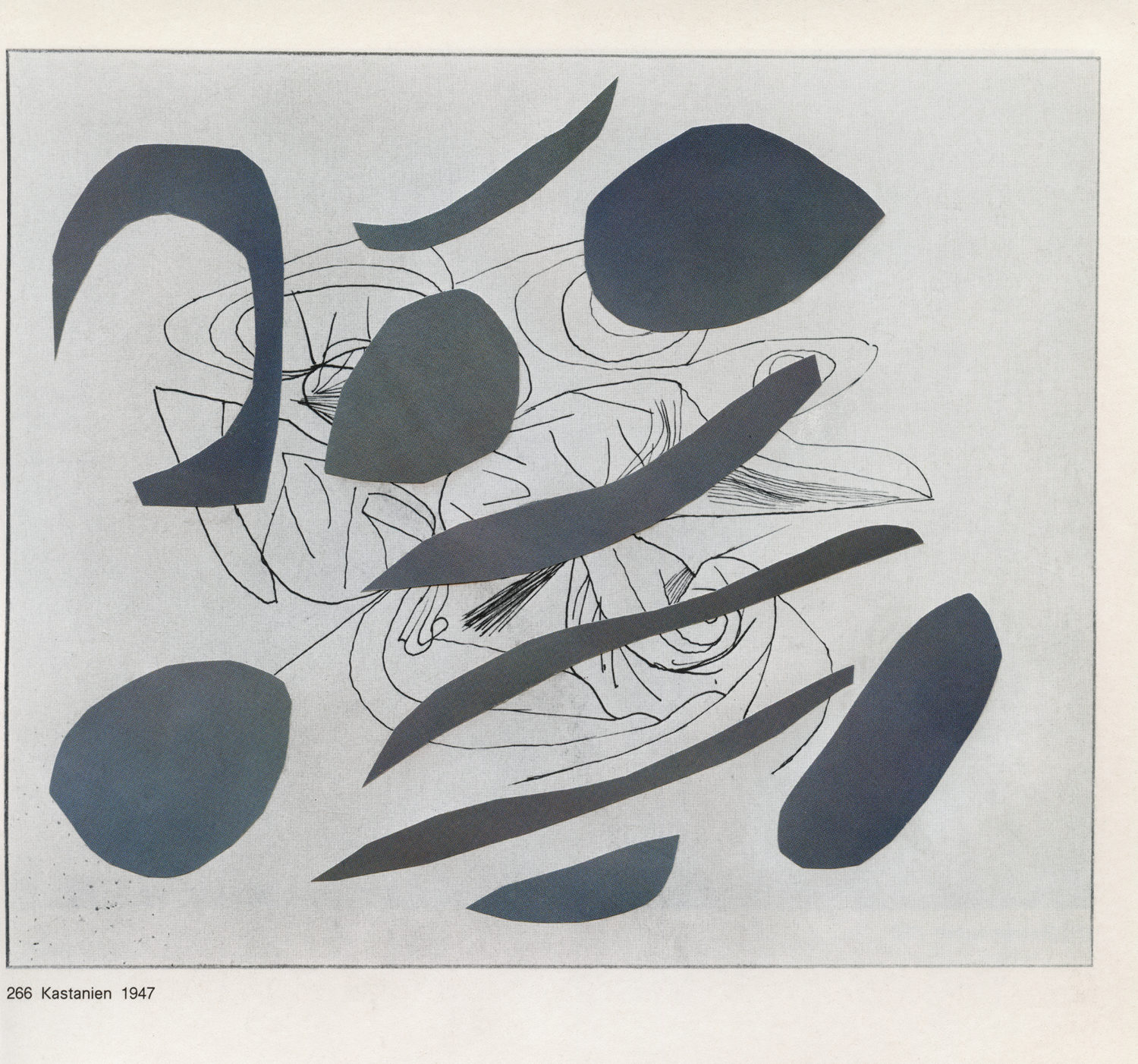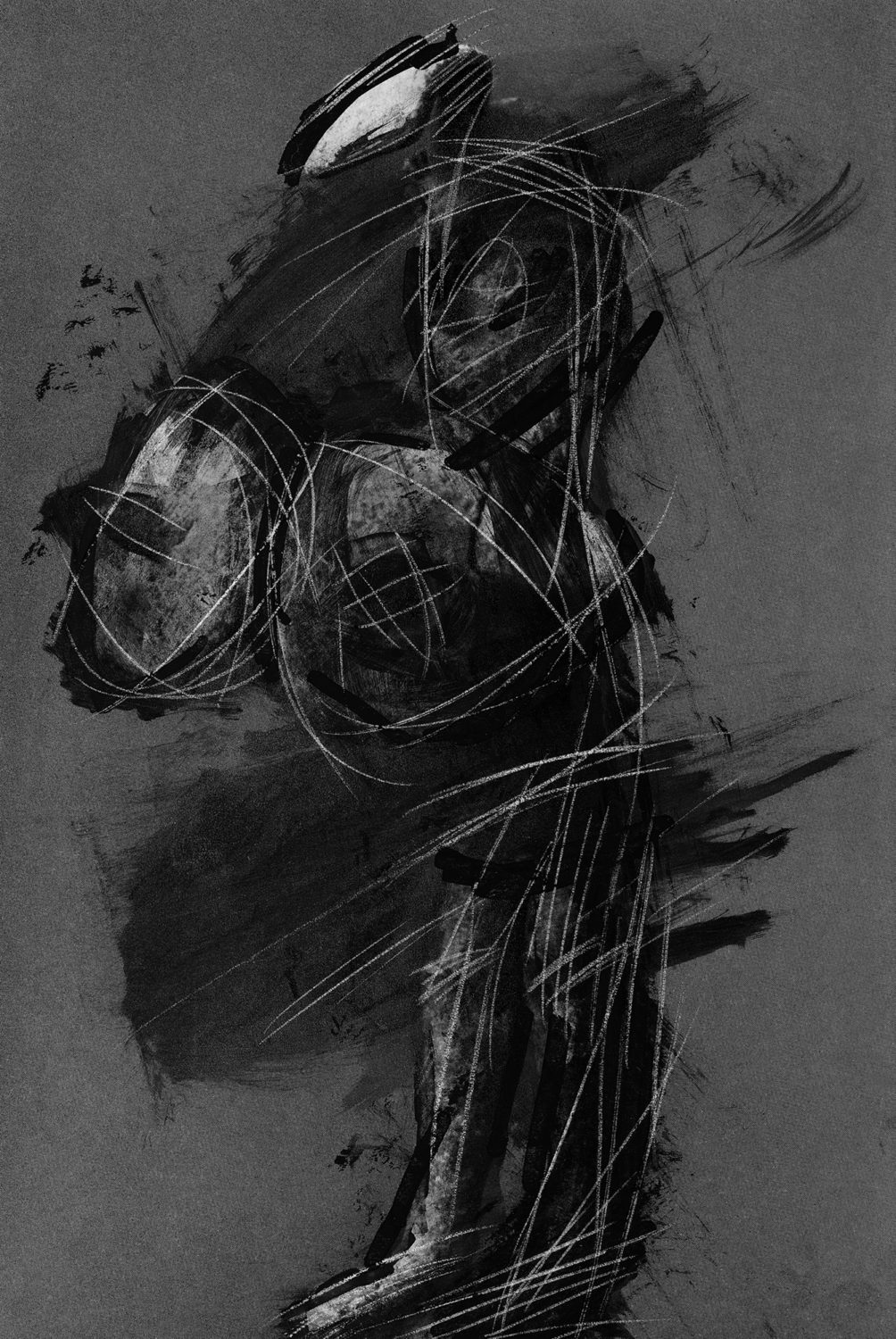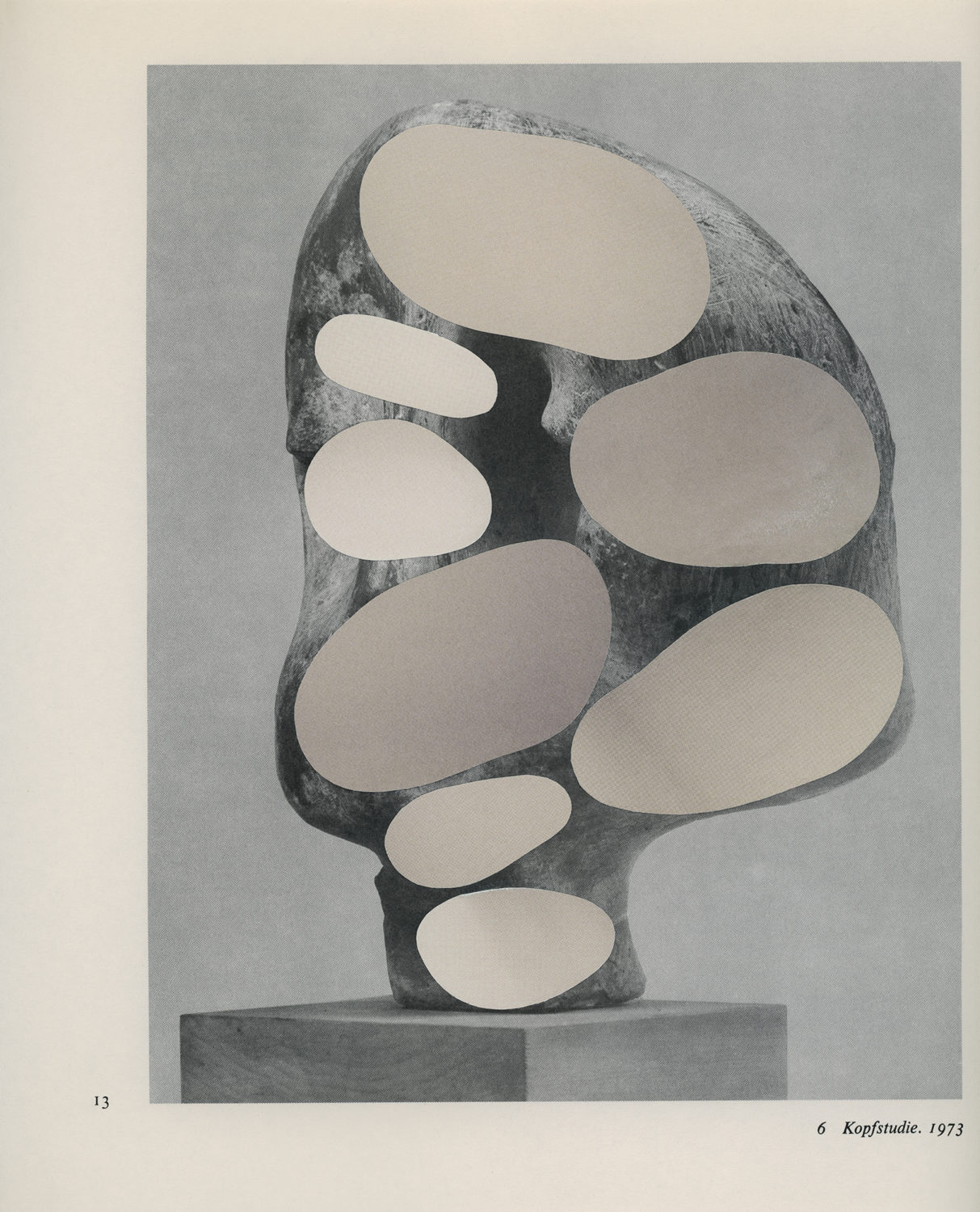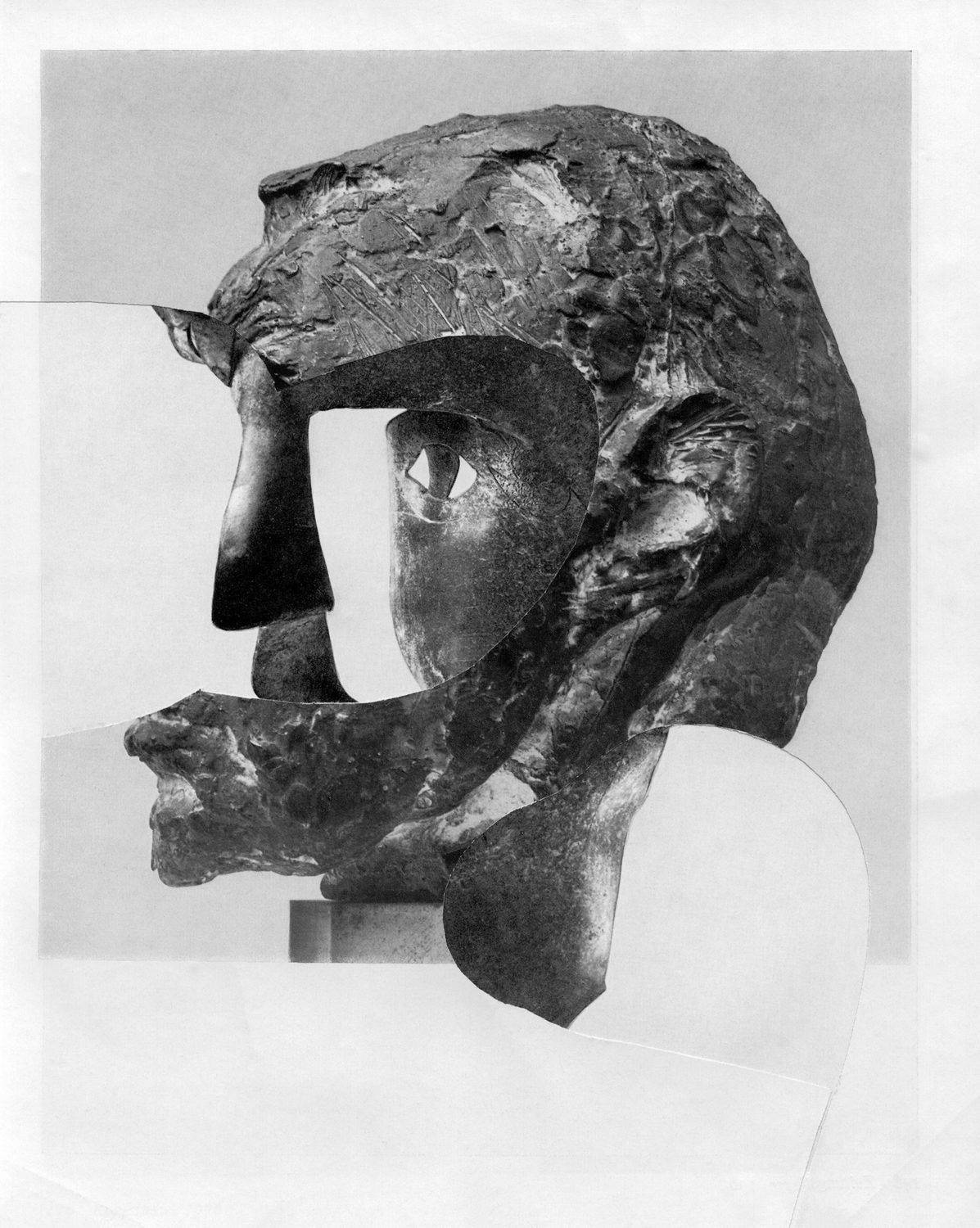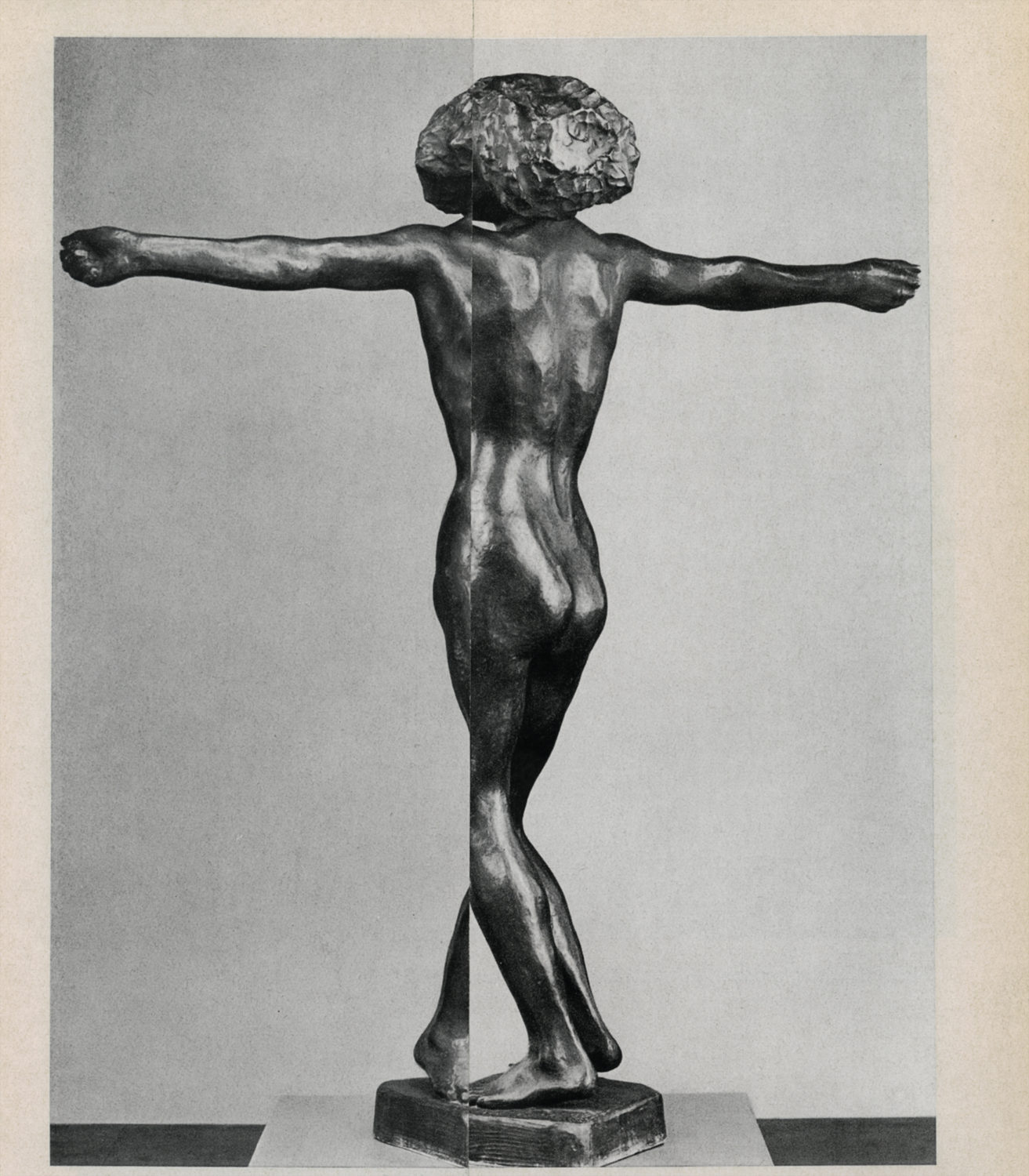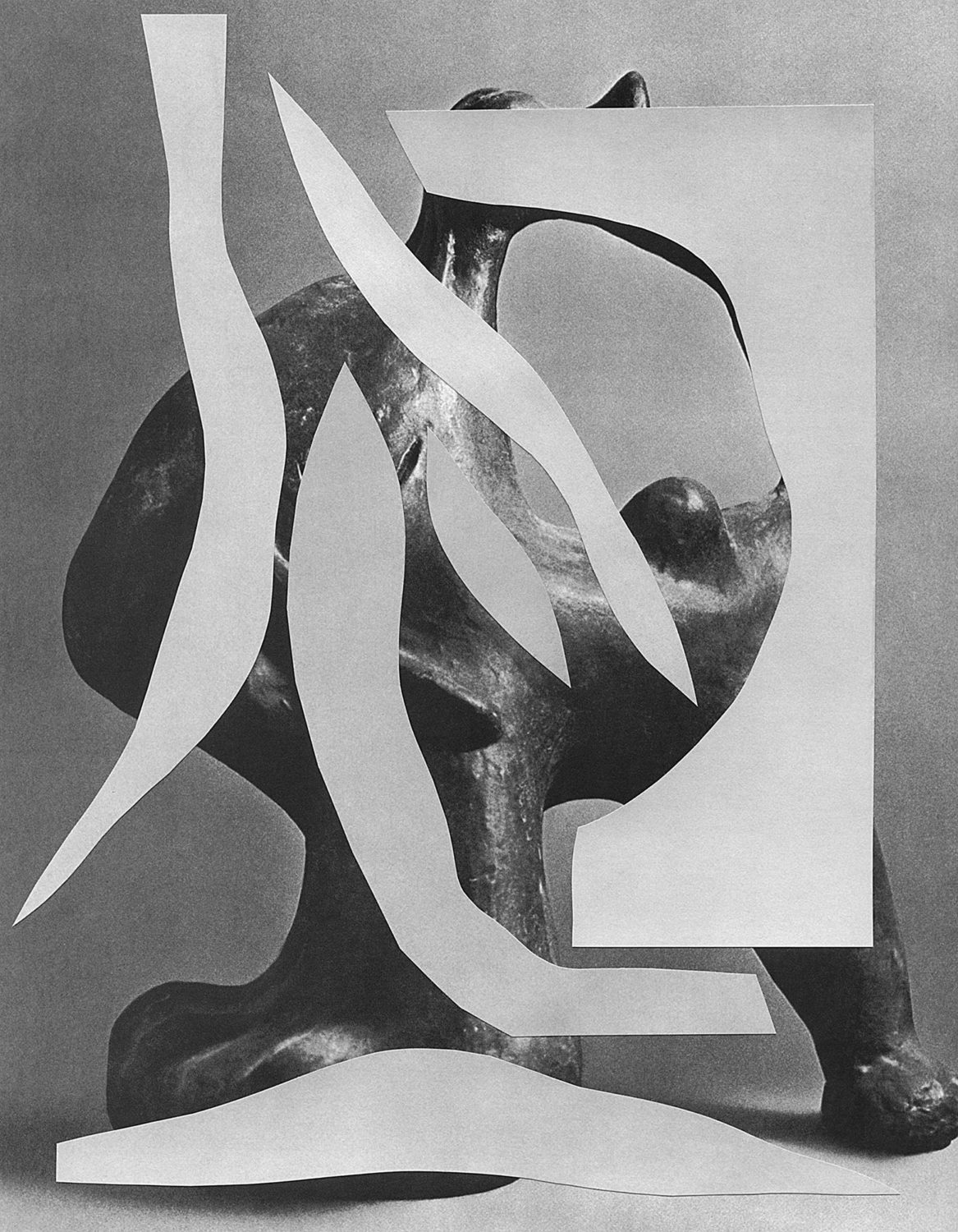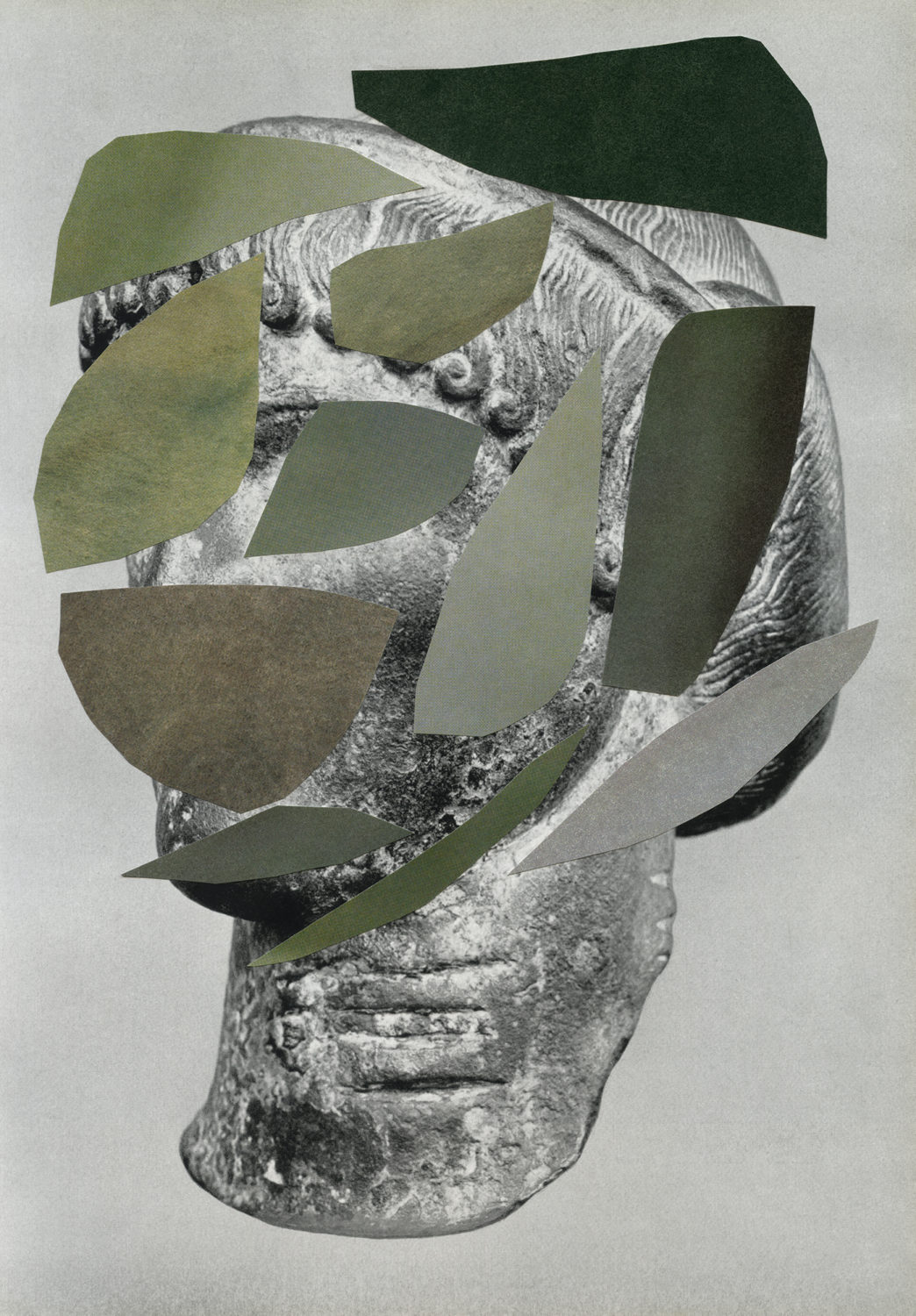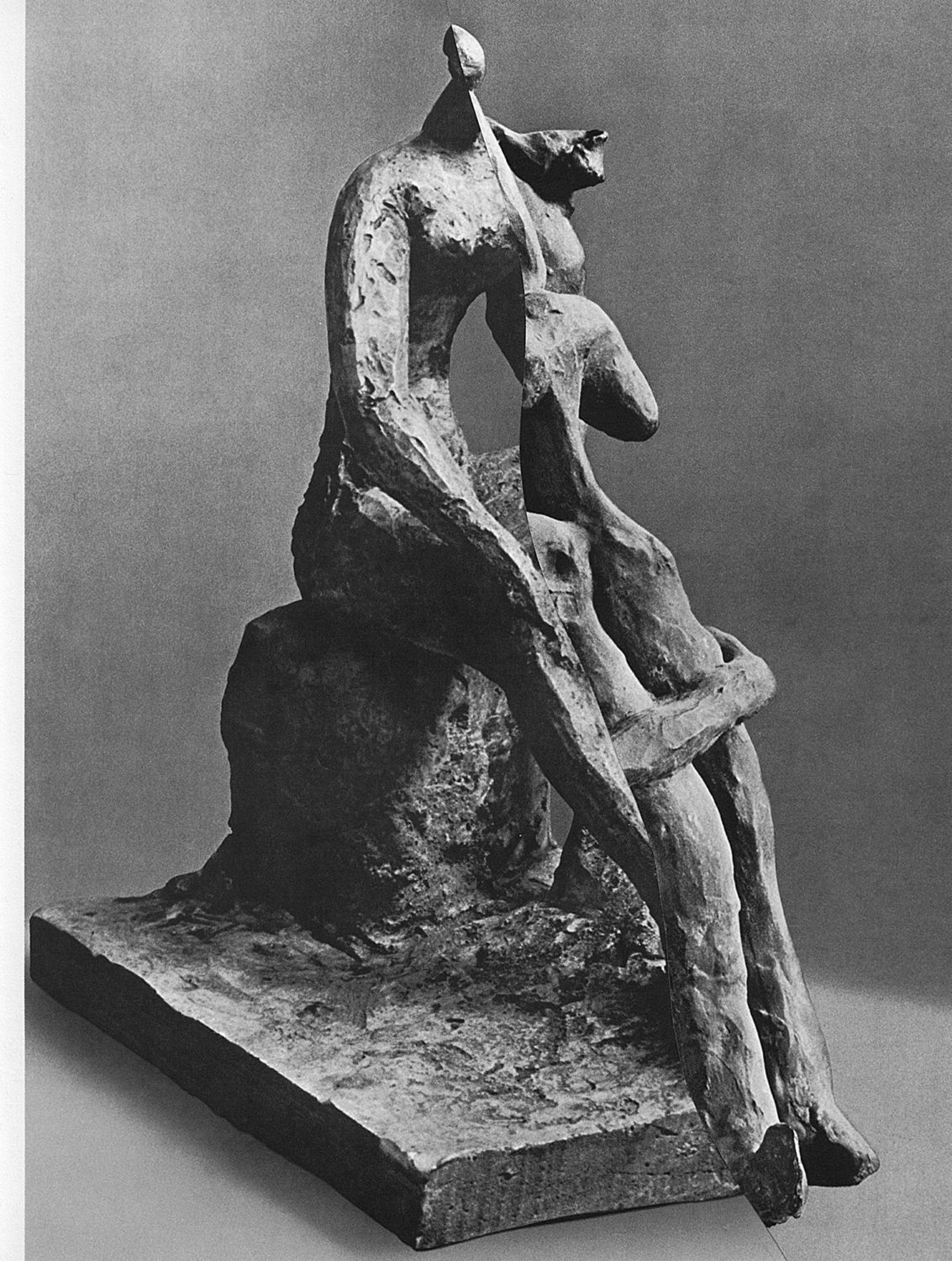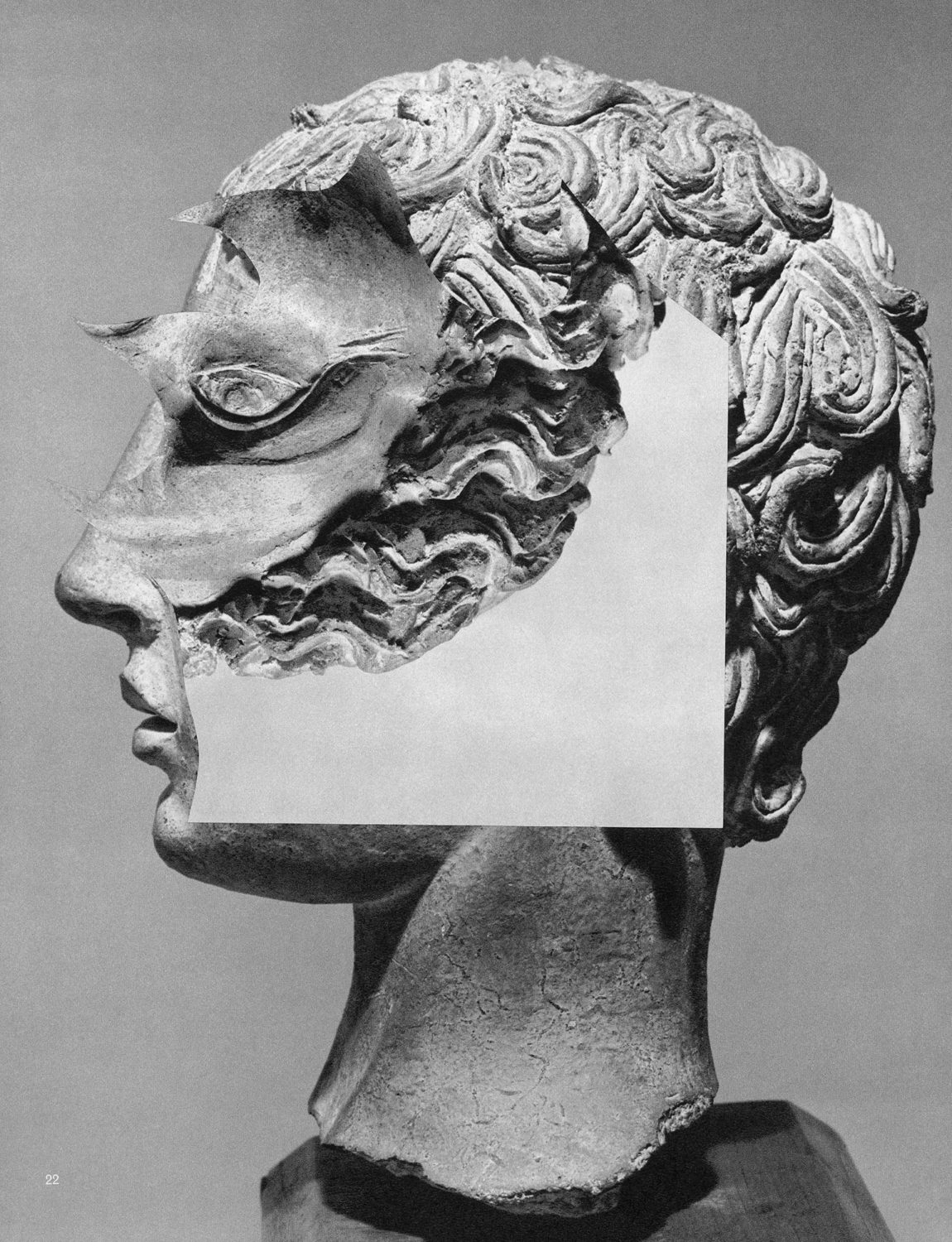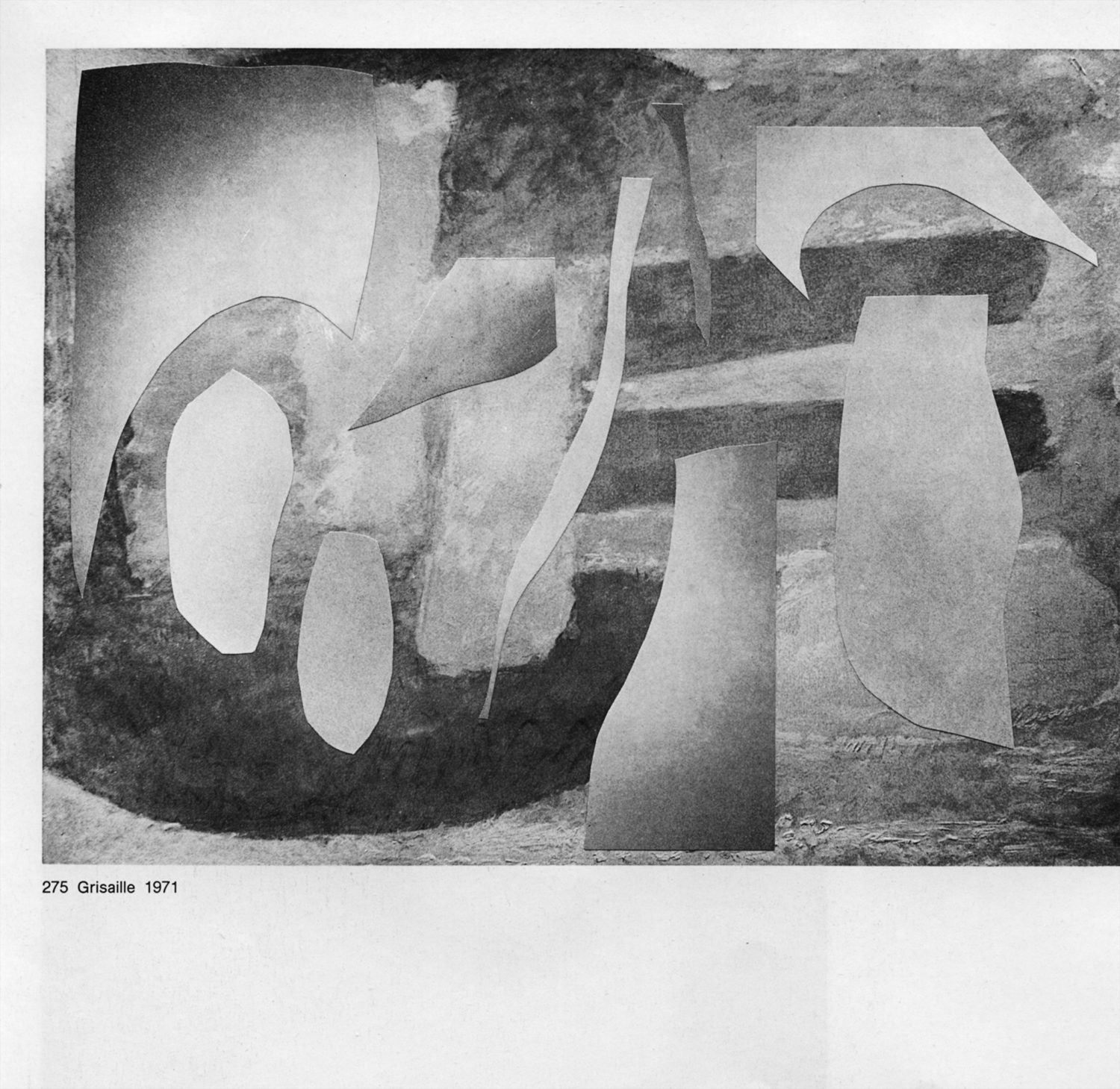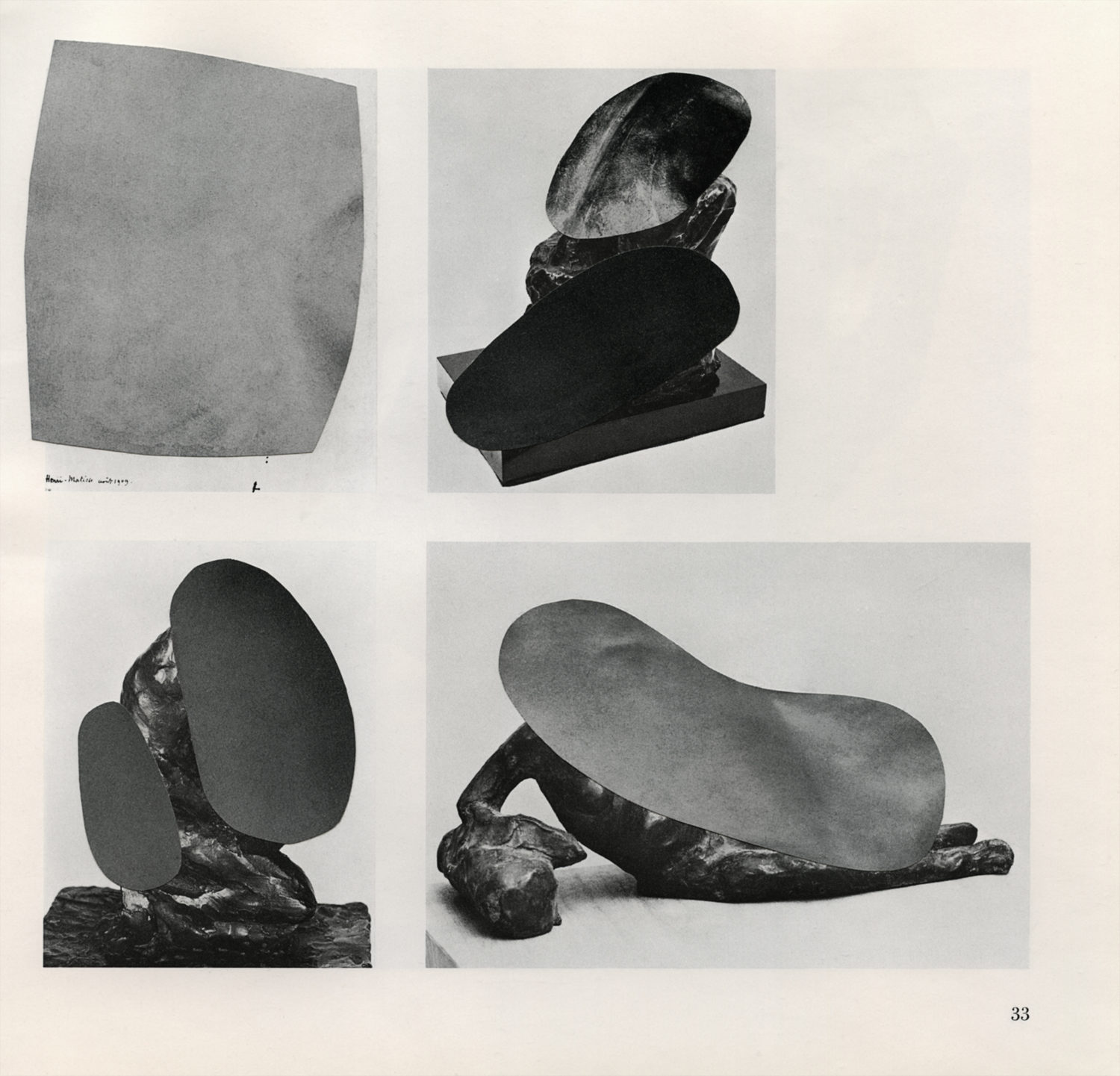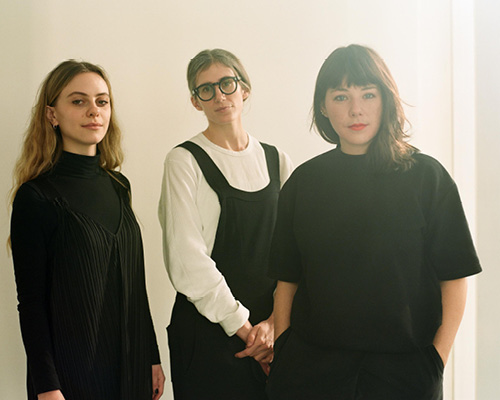Oktawian Jurczykowski
Artist Feature
Every week an artist is featured whose single image was published by Der Greif. The Feature shows the image in the original context of the series.
Samuel Solazzo - Collages
Apr 07, 2021
My artistic examination concerning the medium of collage begins almost entirely with searching and collecting a variety of printed matter. For instance, the material typically includes second-hand bought anthologies on sculpture and painting, catalogs of museums and galleries, as well as literature on archaeology and prehistory. From this accumulation, I choose single pictures, strip away book pages or cut out shapes and fragments to work with. In the selection process I am not only interested in content and form, but also more subtle parameters like uncontrollable processes of aging, older printing techniques and grids, haptics and colorfulness spark my interest.
The material is subjected to various interventions. Intuition guides the decision making as well as spontaneity and artistic gestures. Different views of one and the same model can be combined, or the figurative form of the subject can be alienated in order to return it to a more original, archaic and raw body. Self-referentially, the collages play with resemblances and links to art history and archeology. Placing themselves between opposing terminologies such as abstraction and figurativeness, materiality and deconstruction, consciousness and accident.
The works deal with the relationship between present fragments and remains and an absent whole. What connects them is a reference to the book as their place of origin and our experience of sculpture mediated through the book. The collages question our relationship towards photographic images and how their usage and appearance within our day-to-day life have changed over time. Concluding in posing the following question: How do we negotiate the distance between an object and its photographic reproduction, or further between a photographic reproduction and our memory of what it is depicting?
“Most of this structure, of course, is absent. Most of the space represented is empty, ruined. This emptiness, however, is occupied by the viewer’s imagination of what can be reconstructed within its bounds, positioning this present absence in a way that invites our consideration of its past. The photograph is something like a stage set in which archeological vision can be acted out. […] This photograph let us gauge the effect of time on the structure and even consider its future, while also recuperating something of the ancient monument.” — Frederick N. Bohrer, Photography and Archeology


